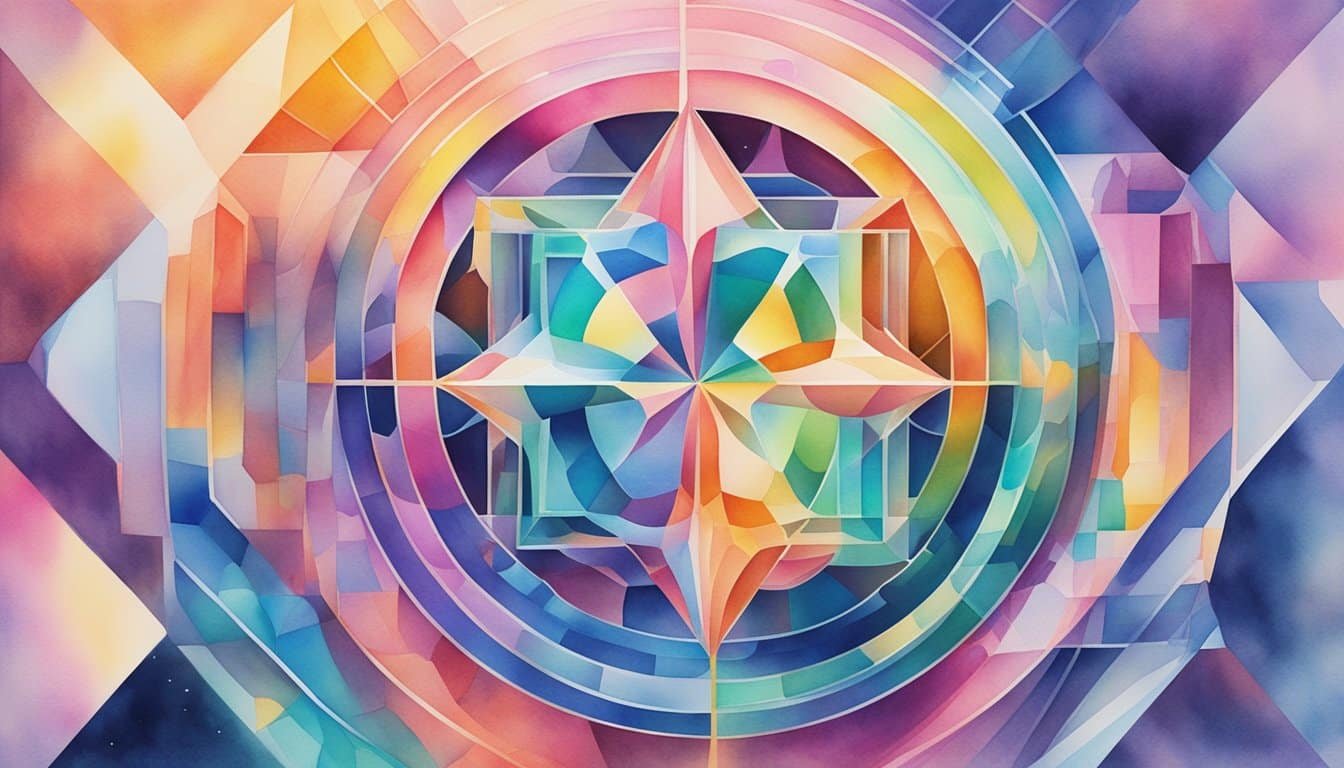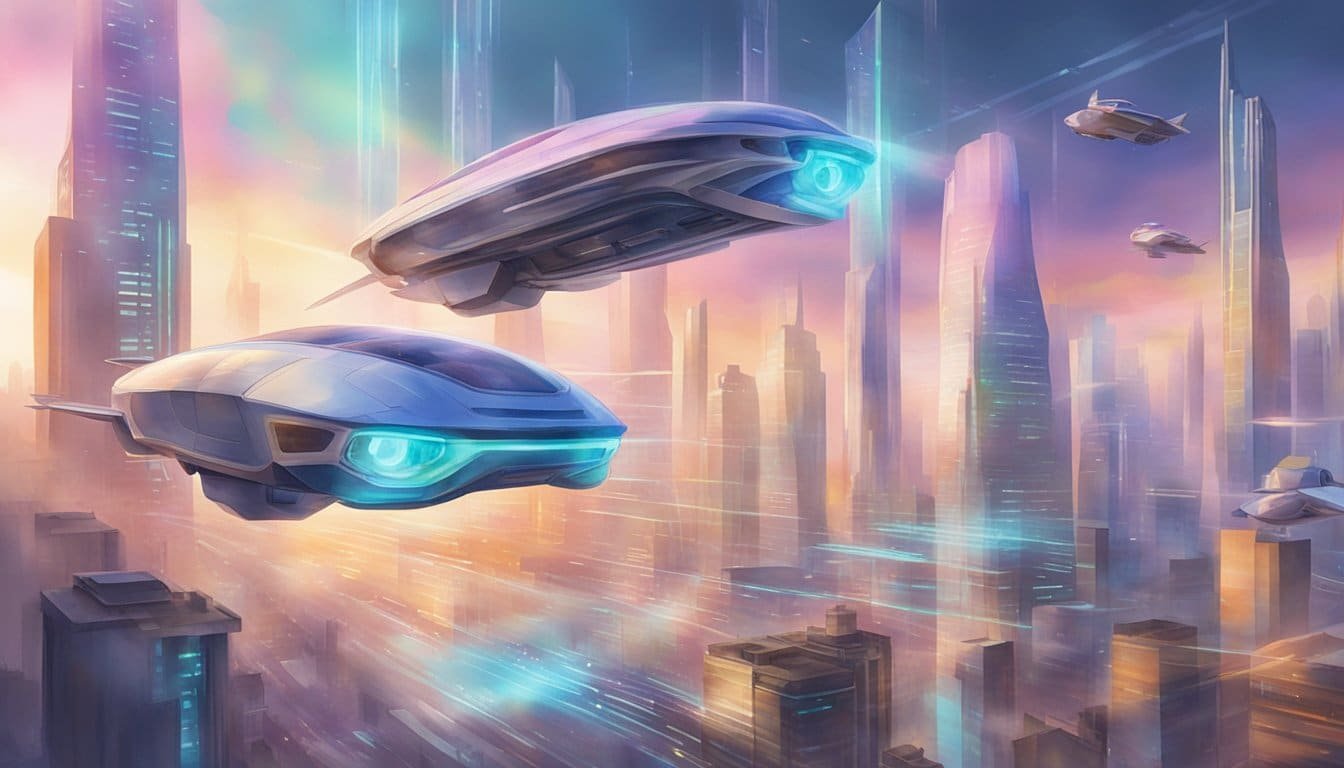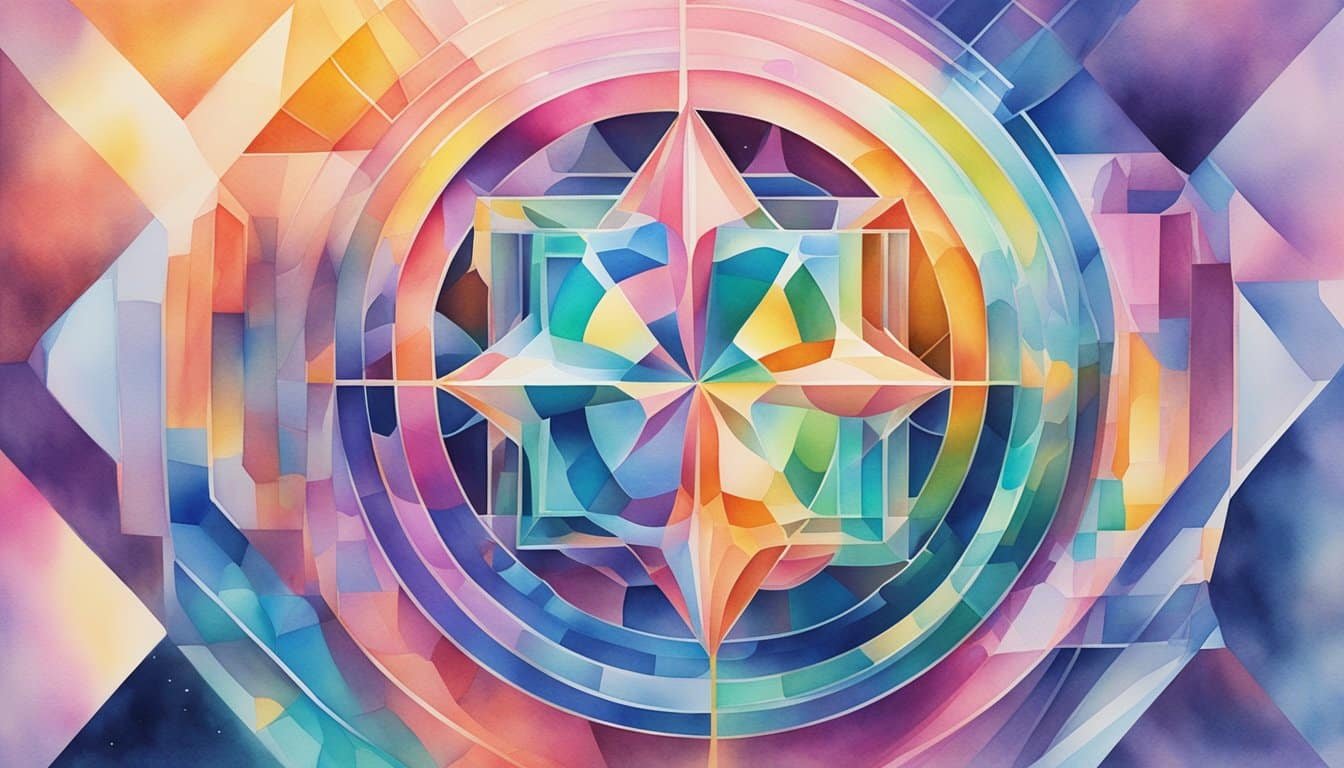Foundations of Holography
Holography is a fascinating technique that enables the creation of three-dimensional images, known as holograms. At the heart of this technology lies the principle of interference patterns, which are formed when a laser, or coherent source of light, is split into two beams: the object beam and the reference beam.
The process begins with the object beam illuminating the subject, while the reference beam bypasses it and remains unaltered. When these beams reunite, the complex interaction creates an interference pattern, which contains all the necessary information to reconstruct the 3D image of the object. This pattern is then captured on photographic film or a similar medium such as silver halide photographic emulsions.
Holography isn’t just about recording a static image; it encodes the entire light field. This allows for the display of images in full parallax, meaning the hologram can exhibit changes in depth or perspective when the viewer changes their angle of viewing. It’s this feature that produces the stunning illusion of depth and movement.
To ensure maximum clarity, holographic setups need to be incredibly stable; even minor vibrations can disrupt the final image. For this, mirrors and various optical elements are employed meticulously.
While earlier holograms were monochromatic, advancements have given rise to rainbow holograms, displaying vivid colors. Artists and scientists alike revel in the possibilities brought forth by holographic technology, as it extends beyond simple imaging to encompass vast applications in data storage, art, and even currency security.
The more common type of holographic medium used today is photographic emulsion with silver halide, well-suited for capturing fine details necessary in creating high-resolution holograms. Creating holograms of 3D objects through this intricate dance of light waves continues to push the boundaries of visual technology, blending science and art in its path.
Holographic Techniques and Applications

Holography is not just a futuristic concept; it has practical applications today that leverage light fields, refractive index, and wavefront shaping to create stunning three-dimensional imagery. This section dives into how holograms are created, their practical applications, and advancements in holographic display technology.
Hologram Creation Technologies
Creating a hologram involves recording light fields emitted by a laser beam as they bounce off an object. This process usually requires a laser light source, a beam splitter, and a recording medium. For example, in computer-generated holography, sophisticated algorithms are employed to simulate the appearance of a three-dimensional image on a two-dimensional plane, crafting holographic effects often seen in movies such as Star Wars’ Princess Leia projection. MIT research has contributed heavily to this field, exploring avenues like crosstalk reduction and improved parallax to enhance perspective and depth cues that create a more photorealistic illusion.
Practical Uses of Holography
Holography has found various uses in daily life. For security purposes, it is embedded into driver’s licenses, ID cards, and credit cards as a feature that’s difficult to forge. In entertainment, holography has revived performances by legendary artists, such as a concert featuring a virtual image of Tupac Shakur. Moreover, dynamic holography is paving the way for real-time 3D viewing experiences in virtual and augmented reality, changing how we perceive digital content.
Advancements in Holographic Display
The pursuit of photorealistic holographic displays is ongoing. Volumetric display technology, for instance, aims to project three-dimensional images into space without the need for specialized glasses, merging reality and illusion. Cutting-edge techniques such as deep learning and neural networks are being harnessed to deal with complexities like occlusion and the accurate representation of light fields. These advancements help create holographic imagery that can coexist with our natural environment, enhancing everything from microscopy to augmented reality experiences.
Holography in Popular Culture and Future Prospects

Holography has transformed visual media, ingraining itself in popular culture while the technology continues to advance rapidly towards a future where 3D holographic display is commonplace.
Cultural Impact of Holography
Since its inception by pioneers such as Emmett Leith and Juris Upatnieks, holographic technology has made a resounding impact on popular culture. Movies such as “Star Wars” have introduced audiences to iconic images like Princess Leia’s distress call, which are not just mere fantasies anymore but represent the aspirational goals of the field. The illusion of three dimensions on two-dimensional surfaces captured the public’s imagination. Famous musicians like Tupac Shakur have been resurrected on stage in hologram form, thrilling fans and showcasing the entertainment potential of holography.
Innovations and Emerging Technologies
Research and collaboration in the field of holographic projection are pushing the boundaries of what’s possible, moving from static displays to dynamic holography that can create high-resolution 3D projections. Innovators are using deep learning and neural networks to improve the quality and realism of holographic images, and augmented reality systems are incorporating holographic elements to create immersive experiences. As technology evolves, the future of holography promises even more exciting developments for consumer and professional applications alike.

